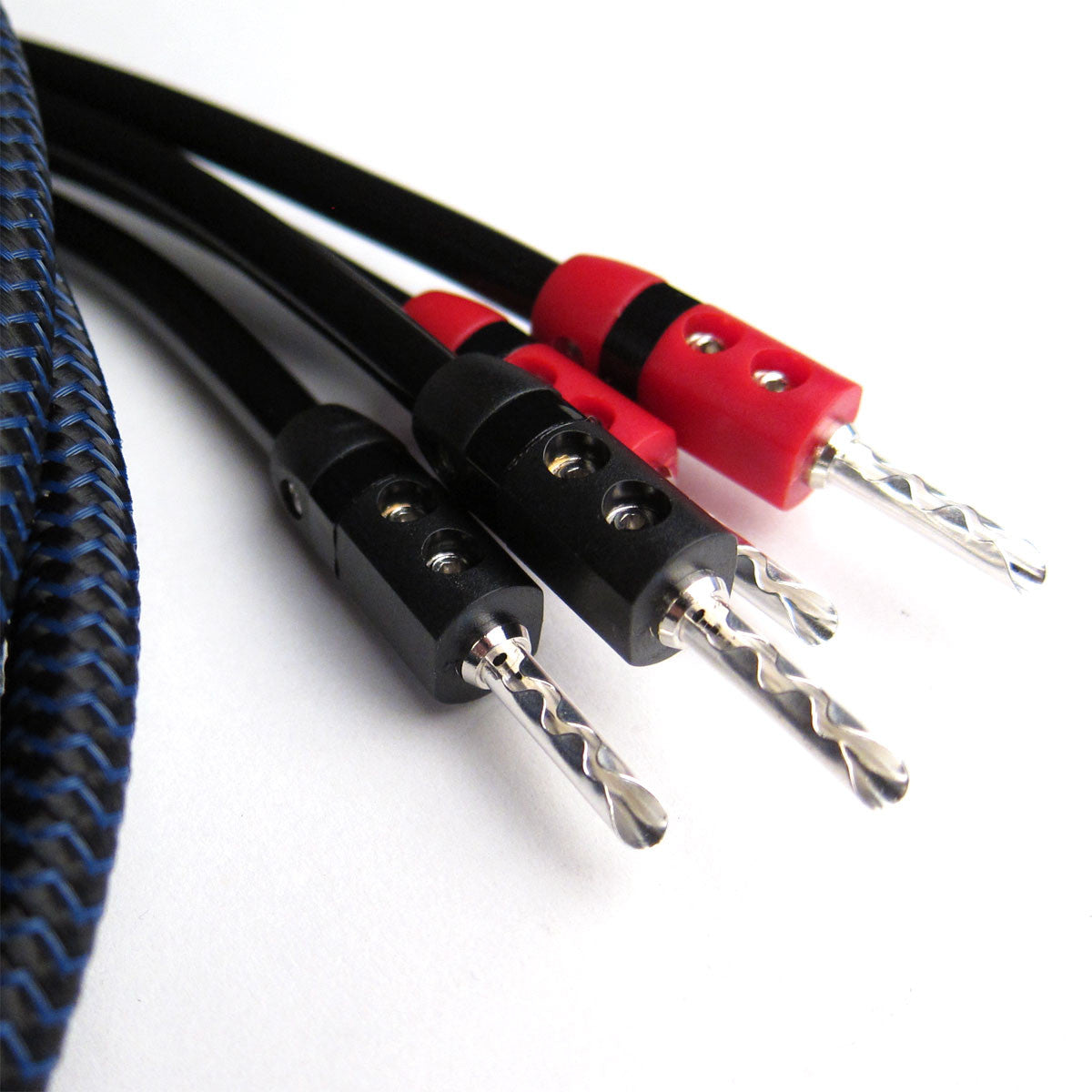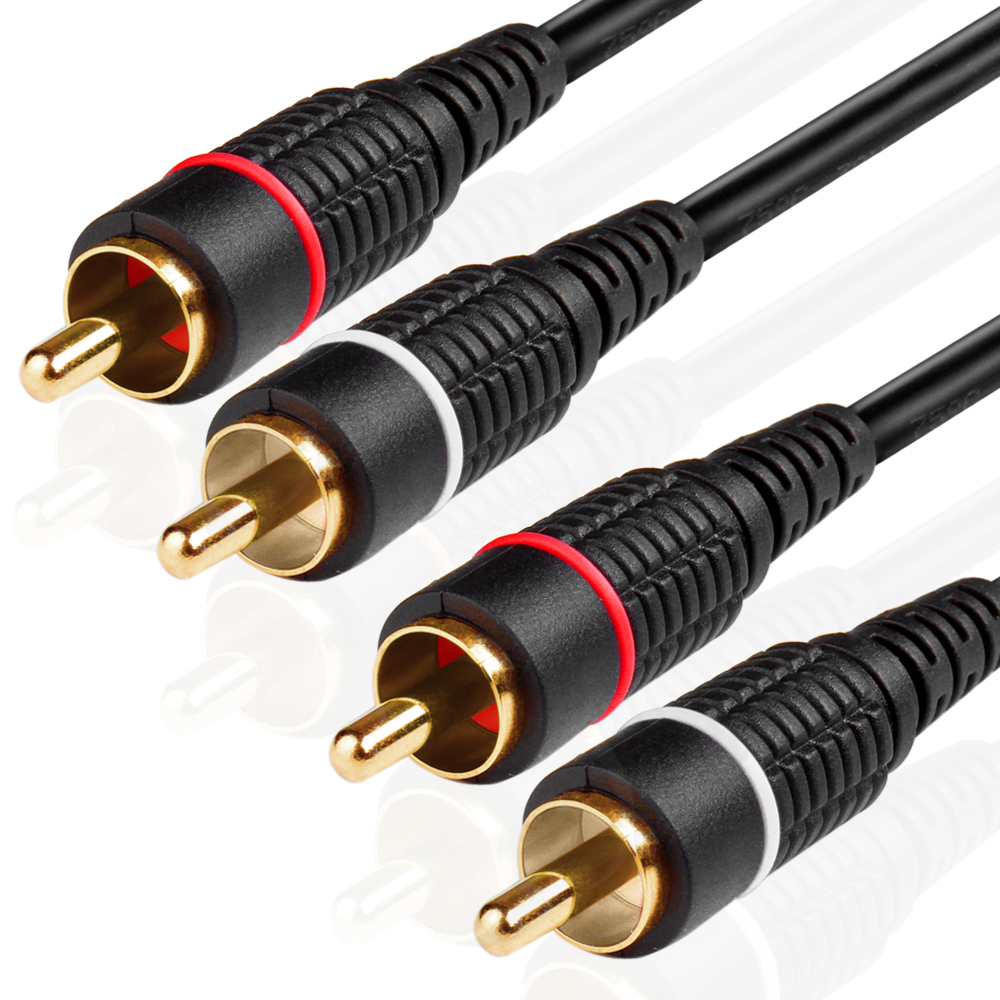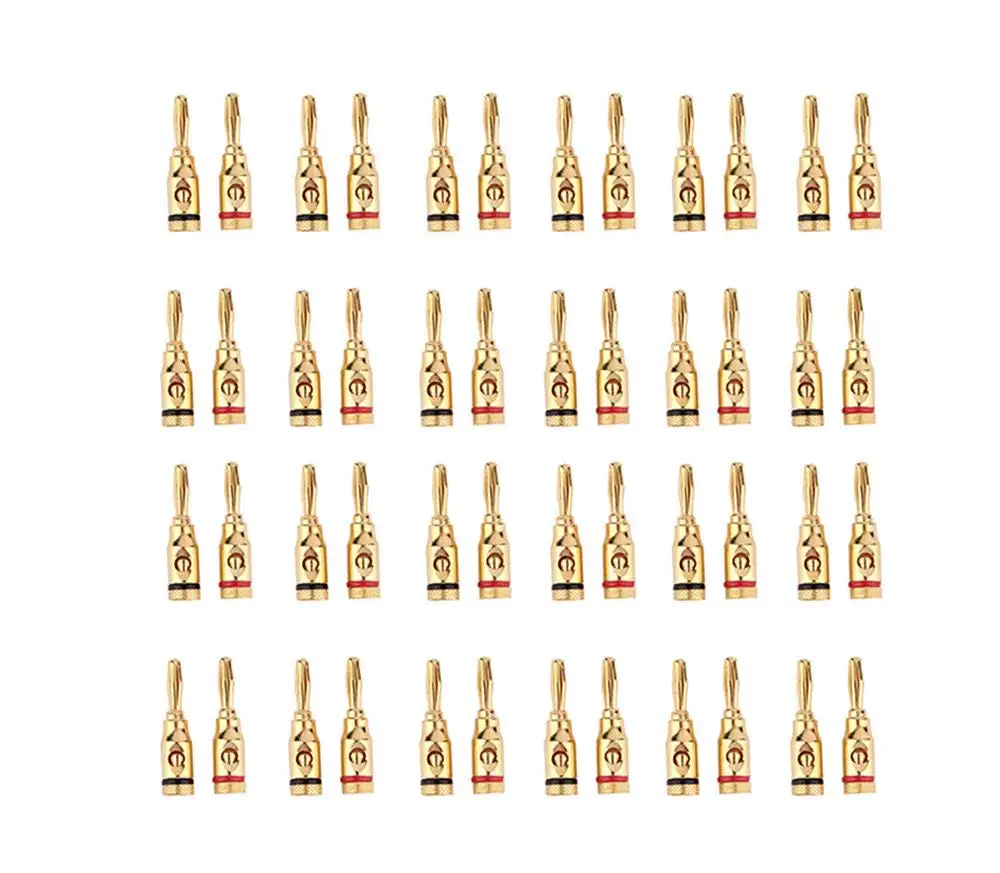

These are incredibly common cables, and most speaker systems use them these days because of their reliability and usefulness. The range of signals that can be transmitted through these types of cables include low infrared frequency waves, all the way up to the higher end of the audible spectrum. This type of cable can send RF (radio frequency) signals from one device to another, connecting a destination device to an input device. Because they have the same axis, this is what makes them coaxial. Here is the cable we recommend… Img Source – AV Forums What Is Coaxial Cable?Ĭoaxial means that the cable was made by creating a shared axis between woven copper shielding and the cable core (or conductor). Let’s look at what coaxial speaker cables do and discuss how it differs from other types of cables you might use for your speaker system. The difference is that it sends just audio signals to a speaker system. Follow the steps mentioned above for a hassle-free installation experience.Coaxial cables are used to send signals to televisions, antennas, and a variety of other devices, and the coaxial speaker cable is very similar. Proper installation of the connectors can help prevent any interference or signal loss, delivering the desired sound quality. Consider compatibility, gauge, quality, and ease of use when selecting connectors. In conclusion, choosing the right speaker wire connectors can have a significant impact on the sound output of your speakers. Apply pressure and ensure that the connectors are tightly secure to prevent any loose connections. Attaching the Connectors: Insert the connected wire ends into the speaker and amplifier terminals. If required, use pliers to firmly grasp the connectors onto the wire.Ĥ. Twist it tightly with your fingers to ensure a secure connection. Connecting the Connectors: Slide the selected connector type onto the exposed wire end. Use a wire stripper or a sharp knife to remove approximately 3/4th inch of insulation from the wire.ģ. Stripping the Wires: The next step is to strip the insulation layer from the wire to expose the metal core. Use a wire cutter to cut the wire to the desired length.Ģ. Cutting the Wires: Measure the wire length required depending on the distance between the speakers and the amplifier. Banana plugs are popular for their convenience, as they can be easily plugged in and out.ġ.
#SPEAKER WIRE CONNECTOR TYPES INSTALL#
Ease of Use: The speaker wire connectors should be easy to use, install and remove. Always look for connectors that use quality materials such as gold plating for better conductivity and durableness.Ĥ. Quality: The quality of the connectors has a direct impact on the sound output of the speakers.

Choose connectors that can fit the wire gauge you have selected.ģ. Always opt for a thicker wire gauge as it reduces the resistance and enables better sound quality. The lower the gauge number, the thicker the wire. It plays a vital role in determining the sound quality delivered by the speakers. Gauge: The gauge refers to the thickness of the wire. Ensure that the selected connector type is compatible with your speakers and amplifiers.Ģ.

Speaker wire connectors come in various types such as banana plugs, spade connectors, and pin connectors. Compatibility: The first and foremost factor to consider when selecting speaker wire connectors is compatibility. In this article, we will go over important factors to consider when choosing and installing speaker wire connectors.ġ. Speaker wire connectors not only help facilitate this process but also ensure that the sound quality is not compromised due to loose connections. When it comes to setting up your home entertainment system or installing speakers in your car, properly connecting the speaker wires is an essential step.


 0 kommentar(er)
0 kommentar(er)
